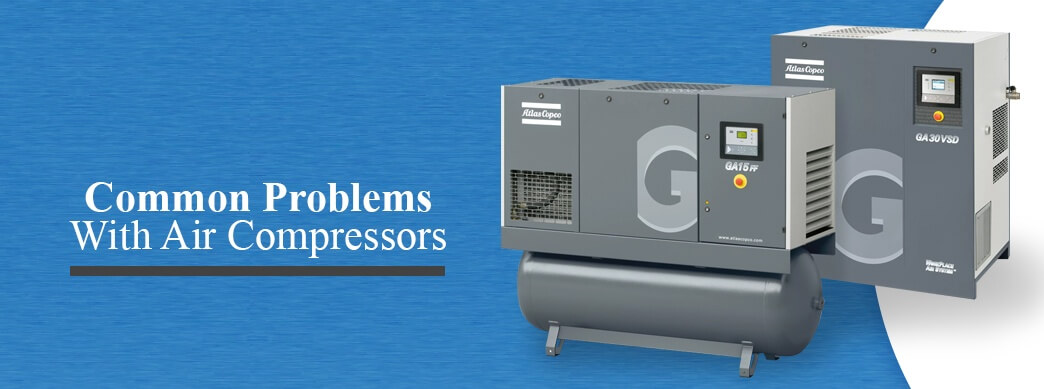Water in compressed air systems can result in other problems for your system too.
Excessive water in air compressor.
As a general gauge a 200 cfm compressor produces approximately 18 gallons of water a day.
Liquid water can also block control lines which prevents instruments from reading and actuating properly.
Add a drain at the lowest points and you can easily remove the excessive water from your air lines.
Depending on the size of your air system you may want to add a few of these zig zag moisture traps with drains to capture the water.
With a water cooler in place you can seriously reduce vapor levels from the outgoing air and ensure a cleaner drier delivery of air to your pneumatic tools.
It will accumulate at the bottom of the air tank and in the downstream piping and air drops if it is not properly treated.
October 24 2017 by.
To prevent the buildup of condensate in your air compressor and the release of excess moisture volumes in the outgoing pressurized air you need to take some preliminary measures.
How to reduce moisture in your air compressor lines posted.
There s more sources of water in your air lines.
Warm or hot air can hold more water vapor than can cold air.
As air exits the compression process it cools and the water vapor begins to condense into liquid water with a trace of oil.
Not only will water that s in your tank blow into your air lines the compressed air that is flowing out of the tank is usually warm or even hot.
Utilizing an air receiver can also aid in reducing water content in compressed air as the tank s ambient temperature is much cooler than the hot compressed air coming out of the air compressor.

